Deep Tissue Massage
Benefits
60 Minutes - $120 || 90 Minutes - $160
Who should consider a Deep Tissue Massage?
Deep tissue massage can be a powerful tool for many people, but it's not a one-size-fits-all solution. Here's a breakdown of who can benefit most from a deep tissue massage:
Good Candidates
- Athletes and Active Individuals: Do you regularly deal with muscle tension and soreness? Deep tissue massage can help with recovery and improve performance.
- Chronic Pain Sufferers: Deep tissue massage can effectively manage pain from fibromyalgia and low back pain.
- People with Muscle Knots and Tightness: Deep tissue massage can target those stubborn knots and improve flexibility.
- Stress Relief Seekers: Want to melt away tension and unwind? Deep tissue massage can promote relaxation and well-being.
People to Consult a Doctor Beforehand:
- Pregnant Women: Massage is generally safe during pregnancy, but deep tissue massage might not be recommended. It's best to consult your doctor for guidance.
- Those with Certain Medical Conditions: Deep tissue massage may not be suitable for people with blood clotting disorders, osteoporosis, or recent injuries. Consulting a doctor ensures it's safe for you.
- People with Low Pain Tolerance: Deep tissue massage can be intense. If you have a low pain threshold, a gentler massage like Swedish massage might be a better option.
What to expect during your session
A deep tissue massage is a targeted treatment that works on the deeper layers of your muscles and connective tissues. Here's a breakdown of what you can expect during a session:
Before the Massage
Consultation: The massage therapist will discuss your medical history, areas of concern, and desired outcomes. This helps them tailor the massage to your specific needs.
During the Massage
- Remember, a deep tissue massage should never be painful. If you experience any discomfort, communicate with the therapist right away.
- Positioning: You'll be comfortably positioned on a massage table, typically lying on your back or stomach depending on the area being worked on.
- Warm-up: The therapist will use lighter pressure with oil or lotion to warm up your muscles and prepare them for deeper work.
- Deep Tissue Techniques: Once your muscles are warm, the therapist will apply slow, deep strokes using various techniques like:
- Kneading: Firm pressure applied with the thumbs, fingers, or forearms to target deeper muscle layers.
- Stripping: Long strokes applied with the hands, forearms, or elbows to follow the grain of the muscles and release tension.
- Friction: Deep, focused strokes applied across the grain of the muscles to break up scar tissue and adhesions (areas of restricted tissue).
- Pressure Communication: Throughout the massage, the therapist will communicate with you to ensure the pressure is comfortable. Don't hesitate to speak up if you experience any pain.
- Gradual Release: The therapist will slowly decrease pressure towards the end of the massage to allow your body to adjust.
After the Massage
Drink Plenty of Water: Increased blood flow from the massage can lead to dehydration, so drinking plenty of water afterward is essential.
Listen to Your Body: You may experience some soreness after a deep tissue massage, which is usually normal and fades within a day or two. Be mindful of your body and take it easy if needed.
Ready to Book Your Deep Tissue Massage Session ?
Select the Button under the location where you would like to have your appointment.





